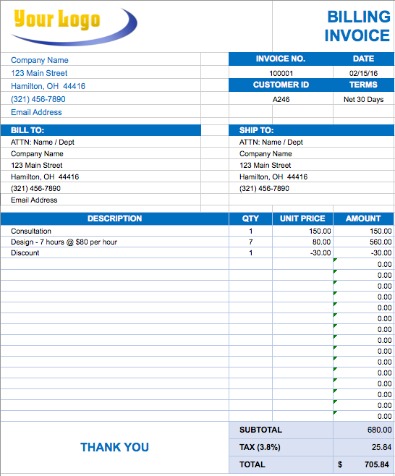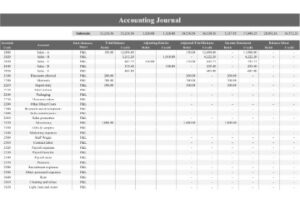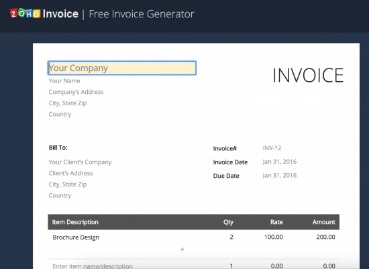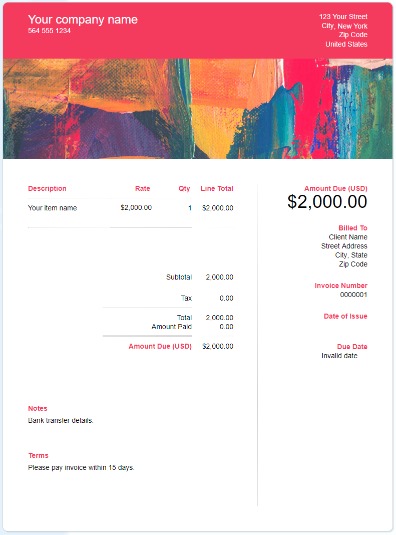Content
The current ratio is most useful when measured over time, compared against a competitor, or compared against a benchmark. The second factor is that Claws’ current ratio has been more volatile, jumping from 1.35 to 1.05 in a single year, which could indicate increased operational risk and a likely drag on the company’s value. Two things should be apparent in the trend of Horn & Co. vs. Claws Inc. First, the trend for Claws is negative, which means further investigation is prudent. Perhaps it is taking on too much debt or its cash balance is being depleted—either of which could be a solvency issue if it worsens. The trend for Horn & Co. is positive, which could indicate better collections, faster inventory turnover, or that the company has been able to pay down debt.
Use of our products and services are governed by ourTerms of Use andPrivacy Policy. Revenue and profit are both good signs for your business, but they’re not interchangeable terms. The right financial statement to use will always depend on the decision you’re facing and the type of information you need in order to make that decision.
Step 2. Working Capital Forecast
The current ratio includes all of a company’s current assets, including those that may not be as easily converted into cash, such as inventory, which can be a misleading representation of liquidity. The current ratio is one of multiple financial ratios used to assess the financial health of a company. Specifically, the current ratio expresses a business’ ability to pay back short-term debt using only current assets. These include highly liquid assets like cash and marketable securities, but also less liquid assets, like inventory. Here, one divides the company’s current assets of $7,148.5 by its current liabilities of $4,020.0. The current ratio compares a company’s current assets to the debts that it will have to pay within the year.
Since the Food & Hangout outlet’s ratio is more than 1, it will certainly get the loan approval. To calculate the current ratio, divide the current assets by the current liabilities. A current ratio figure expressed as a number simply tells analysts or investors the ability of a company to utilize its current assets to meet the current or short-term debts it has.
How to Calculate Current Ratio (Step-by-Step)
These include white papers, government data, original reporting, and interviews with industry experts. We also reference original research from other reputable https://quick-bookkeeping.net/ publishers where appropriate. You can learn more about the standards we follow in producing accurate, unbiased content in oureditorial policy.
From the balance sheet, one can infer that the company’s current assets were worth $8,069,825, and the current liabilities were $8,488,966. Let’s find the company’s ratio by implementing the current ratio formula. From the balance sheet, one can What Is The Current Ratio & How To Calculate It infer that the company’s current assets were worth $1,076,662, and the current liabilities were $834,856. From the balance sheet, one can infer that the company’s current assets were worth $161,580, and the current liabilities were $142,266.
Current Ratio vs. Quick Ratio: What is the Difference?
What are the pros and cons of straight line depreciation versus accelerated depreciation methods? Here’s how you can decide if straight line depreciation is right for your business. The statements and opinions are the expression of the author, not LegalZoom, and have not been evaluated by LegalZoom for accuracy, completeness, or changes in the law. Enter your name and email in the form below and download the free template now! You can browse All Free Excel Templates to find more ways to help your financial analysis. Investopedia requires writers to use primary sources to support their work.
The current ratio is a rough indicator of the degree of safety with which short-term credit may be extended to the business. On the other hand, the current liabilities are those that must be paid within the current year. ProfitabilityProfitability refers to a company’s ability to generate revenue and maximize profit above its expenditure and operational costs.
Join over 140,000 fellow entrepreneurs who receive expert advice for their small business finances
This signals that you’re in a strong position to pay your current obligations without taking on more debt or needing a cash infusion from shareholders or investors. This means you could pay off your current liabilities with your current assets six times over. Liquidity ratios are a class of financial metrics used to determine a debtor’s ability to pay off current debt obligations without raising external capital. What counts as a good current ratio will depend on the company’s industry and historical performance.
- But this compensation does not influence the information we publish, or the reviews that you see on this site.
- Let’s find the company’s ratio by implementing the current ratio formula.
- Examples of current liabilities include accounts payable, accrued expenses, and the portion of long-term debt due within the next 12 months.
- Accounts PayableAccounts payable is the amount due by a business to its suppliers or vendors for the purchase of products or services.
- A company’s current assets include cash and other assets that the company expects will be converted into cash within 12 months.
Her work has appeared in Business Insider, Investopedia, The Motley Fool, and GoBankingRates. She currently writes about personal finance, insurance, banking, real estate, mortgages, credit cards, loans, and more. Here, the company could withstand a liquidity shortfall if providers of debt financing see the core operations are intact and still capable of generating consistent cash flows at high margins. Add the ‘/‘ sign and click on the cell with the value for total current liabilities. A high current ratio is not beneficial to the interest of shareholders. This is because it could mean that the company maintains an excessive cash balance or has over-invested in receivables and inventories.




Comentarios recientes